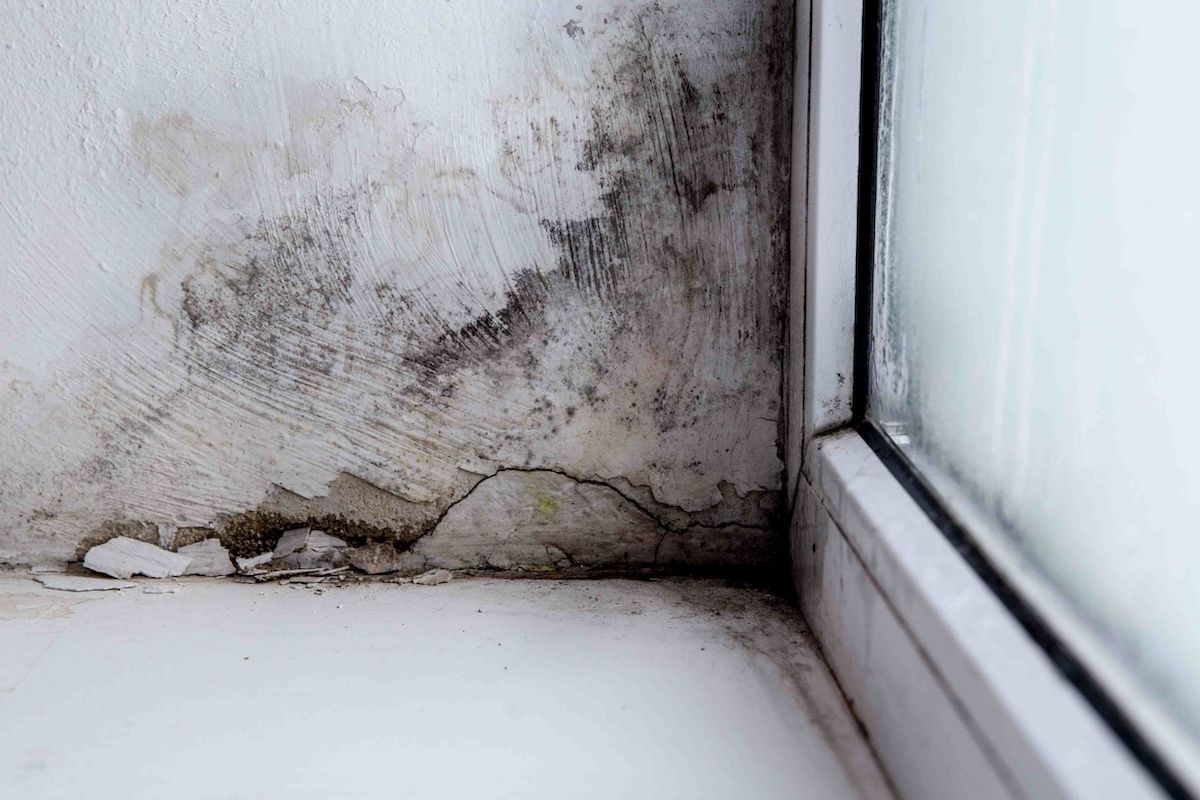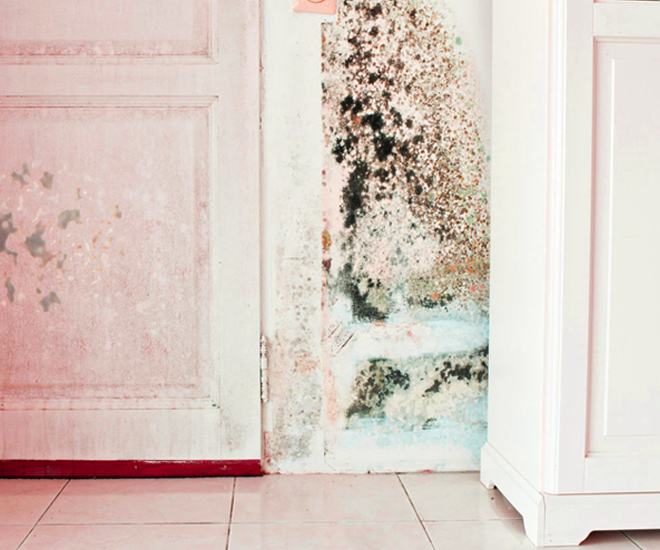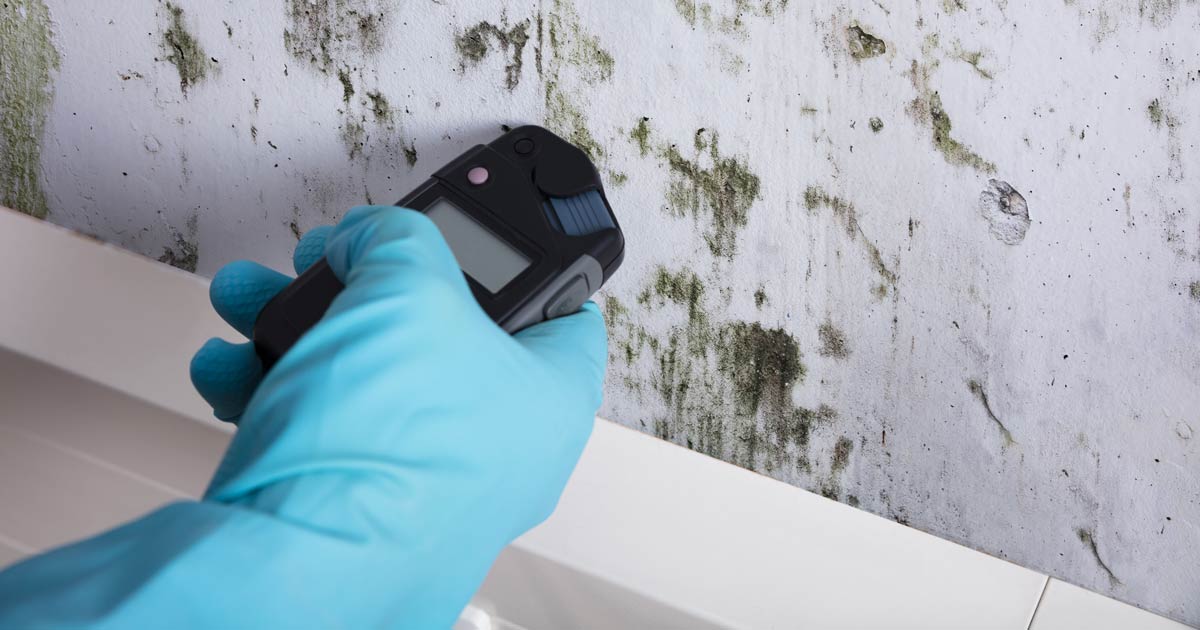Testing Air Quality After Mold Remediation
Testing Air Quality After Mold Remediation
Blog Article
Effective Post Mold And Mildew Remediation Solutions for Your Home
Mold and mildew development in homes can be a consistent problem, often needing an organized method for effective post-remediation options. From understanding the elements that add to mold advancement to executing proper cleansing strategies and dampness control measures, the procedure can be intricate yet crucial for keeping a healthy living setting. testing air quality after mold remediation.
Recognizing Mold And Mildew Development Aspects
Mold growth is influenced by a range of aspects that are critical to comprehend in order to successfully resolve and prevent its spreading. Recognizing these variables is vital in carrying out effective mold removal strategies. The primary element adding to mold growth is moisture. Mold and mildew spores need wetness to grow and germinate, making damp or humid atmospheres highly prone to mold and mildew invasions. Poor ventilation can likewise bring about moisture build-up, producing an optimal breeding place for mold.

Furthermore, airflow and light direct exposure can influence mold and mildew development. Areas that do not have appropriate air flow and natural light are much more susceptible to mold and mildew development. By dealing with these aspects comprehensively, individuals can effectively mitigate mold and mildew development and guard their living atmospheres.
Correct Mold Cleaning Methods
Making use of effective cleansing approaches is crucial in avoiding the recurrence and dealing with of mold contamination in indoor environments. The very first step in appropriate mold and mildew cleansing is to consist of the afflicted area to avoid the spread of spores to uncontaminated locations.

Executing Moisture Control Procedures
To effectively prevent mold and mildew development and contamination in interior atmospheres, applying wetness control steps is vital. Furthermore, ensuring proper air flow in areas prone to moisture build-up, such as kitchen areas and bathrooms, can aid reduce the danger of mold development. By carefully executing these dampness control steps, home owners can properly reduce the likelihood of mold and mildew recontamination and keep a healthy and balanced indoor setting.
Utilizing Natural Removal Solutions
After successfully carrying out wetness control measures to stop mold and mildew growth in interior environments, house owners can currently check out the efficiency of all-natural remediation solutions in preserving a healthy and balanced space. All-natural removal solutions make use of eco-friendly methods to fight mold and mildew and mold, making them a prominent choice for those seeking safe options. One such remedy is making use of vinegar, an all-natural antimicrobial agent, to disinfect and tidy surfaces contaminated by mold. Just dilute vinegar with water and spray it onto the affected areas, allowing it to rest for a internet couple of hours before wiping tidy. Additionally, tea tree oil, recognized for its antifungal residential or commercial properties, can be combined with water and splashed onto mold-infested surfaces to prevent additional development. Another all-natural alternative is hydrogen peroxide, which can properly kill mold and mildew on various surfaces without leaving dangerous residues behind. By including these natural remediation options right into their cleaning regimens, home owners can properly deal with mold growth while promoting a much healthier interior setting for themselves and their family members.

Preserving a Mold-Free Atmosphere
On a regular basis checking areas susceptible to mold and mildew development, such as bathrooms, cooking areas, cellars, and attic rooms, is important. Correct air flow in locations with high moisture degrees is also key to avoiding mold development.
In addition, keeping sanitation in the home is essential for mold and mildew avoidance. Regularly cleaning and dusting surfaces, carpetings, and furniture can help eliminate mold and mildew spores before they have an opportunity to resolve and multiply. Using mold-resistant products for construction products and furnishings can better assist in producing a mold-free setting. Related Site Lastly, maintaining interior plants in check and making sure proper drain in outside landscaping can minimize moisture accumulation, minimizing the possibility of mold and mildew invasions. By following these aggressive maintenance techniques, house owners can successfully support a mold-free living area.
Verdict
To conclude, it is necessary to attend to mold development aspects, use proper cleansing methods, implement dampness control actions, use all-natural removal services, and maintain a mold-free setting in order to effectively manage post mold and mildew remediation in your home - Post Mold remediation cleaning. By following these approaches, you can protect against mold from reoccuring and make certain a healthy living environment for you and your family
The main aspect contributing to mold and mildew growth is wetness. Mold and mildew spores require wetness to prosper and sprout, making humid or damp settings highly at risk to mold invasions.To effectively avoid mold development and contamination in interior environments, executing moisture control procedures is vital. In addition, ensuring proper ventilation in areas vulnerable to moisture build-up, such as washrooms and kitchens, can help minimize the risk of mold development.After successfully carrying out dampness control steps to prevent mold and mildew development in indoor atmospheres, home owners can currently explore the performance visit here of all-natural remediation services in maintaining a healthy and balanced living room.
Report this page